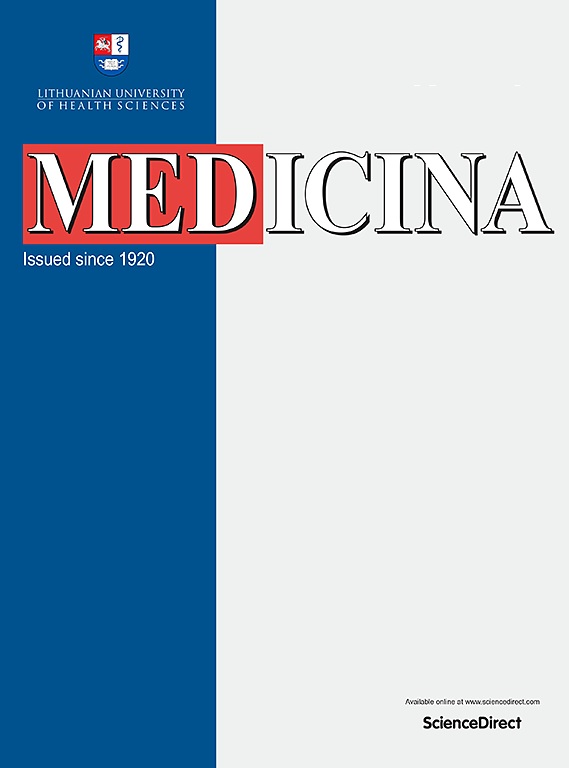
Tramadol addition in interscalene block associated with lower 24-hr pain in shoulder surgery .
Addition of 100 mg of Tramadol to 40 mL of 0.5% Ropivacaine for Interscalene Brachial Plexus Block Improves Postoperative Analgesia in Patients Undergoing Shoulder Surgeries as Compared to Ropivacaine Alone-A Randomized Controlled Study
Medicina (Kaunas). 2019 Jul 23;55(7). pii: E399. doi: 10.3390/medicina5507039980 patients undergoing elective or trauma shoulder surgery were randomized to an interscalene brachial plexus block with either ropivacaine plus tramadol or ropivacaine plus saline. Patients were primarily assessed for pain severity and morphine consumption over the first 24 hours after surgery. Results demonstrated that, while pain scores and morphine consumption from 2 hours to 8 hours did not significantly differ between groups, both pain score and morphine consumption at 24 hours was significantly lower in the tramadol group compared to the control group.
Unlock the Full ACE Report
You have access to 4 more FREE articles this month.
Click below to unlock and view this ACE Reports
Unlock Now
Critical appraisals of the latest, high-impact randomized controlled trials and systematic reviews in orthopaedics
Access to OrthoEvidence podcast content, including collaborations with the Journal of Bone and Joint Surgery, interviews with internationally recognized surgeons, and roundtable discussions on orthopaedic news and topics
Subscription to The Pulse, a twice-weekly evidence-based newsletter designed to help you make better clinical decisions
Exclusive access to original content articles, including in-house systematic reviews, and articles on health research methods and hot orthopaedic topics
































































